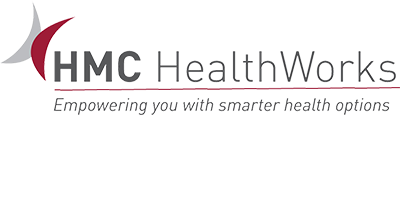Inhalant abuse can be difficult to detect, because the effects are short-lived. Plus, most households have these substances readily available, making them easy targets for young people. There are over 1,000 commonly used household and workplace products that can be abused, and they’re all convenient, inexpensive, easy to hide and legal.
Unfortunately, inhalant abuse is more common than people realize – it’s just not talked about as much. Abusing inhalants can also start a young person on the path to addiction. Let’s learn more about inhalant addiction, the signs to watch for, and how to address the problem.
Are Inhalants Addictive?
According to the DSM, all inhalants have the potential for dependence. The reason why is because inhalants have a strong effect on the brain reward system. Repeated use of inhalants can rewire the brain for addiction. Once the brain becomes dependent on inhalants, it paves the way for other addictions.
Most cases of inhalant abuse occur in teens, because the substances are easy to obtain and legal. In some cases, teens may experiment with more dangerous drugs. Some of the most commonly abused inhalants include oven cleaner, model glue, nail polish remover, paint thinner, paint remover, aerosols and canned air.
What are the Dangers of Inhalants?
Inhalant abuse can cause both short- and long-term effects. Immediate side effects include:
- Insomnia
- Muscle weakness
- Blurred vision
- Headaches
- Convulsions
- Disorientation
- Nausea
- Vomiting
Furthermore, a person can injure themselves during a blackout, such as by falling and hitting their head. But it’s not just the short-term effects that are a concern. Repeated use of inhalants can cause permanent cognitive impairment. This is the case because all inhalants reduce oxygen to the brain, and brain cells die without oxygen.
The myelin sheath that surrounds the brain’s nerve fibers can also deteriorate, causing long-term damage. Young adolescents are especially at risk, as their brains are still developing. Additional long-term effects of inhalant abuse include organ damage, memory loss, learning difficulties and hearing loss.
How to Recognize the Signs of Inhalant Abuse
It can be hard to recognize the signs of inhalant abuse in someone, but there are certain red flags you can watch for. They include:
- Changes in behavior
- Poor hygiene and grooming habits
- Runny nose or nosebleeds
- Significant decrease in appetite
- Ulcers or irritation around the nose and mouth
- Chemical odors on the breath or clothes
- Withdrawal symptoms – irritability, anxiety, cravings
Next Steps for Treatment
Treatment for inhalants typically includes behavioral therapy, support groups and 12-step programs. The type of treatment that is best for you or a loved one depends on the extent of the addiction, whether other substances are being abused, and the presence of an underlying mental health condition. To explore your treatment options for inhalant abuse, contact Awakenings Treatment Center today.








